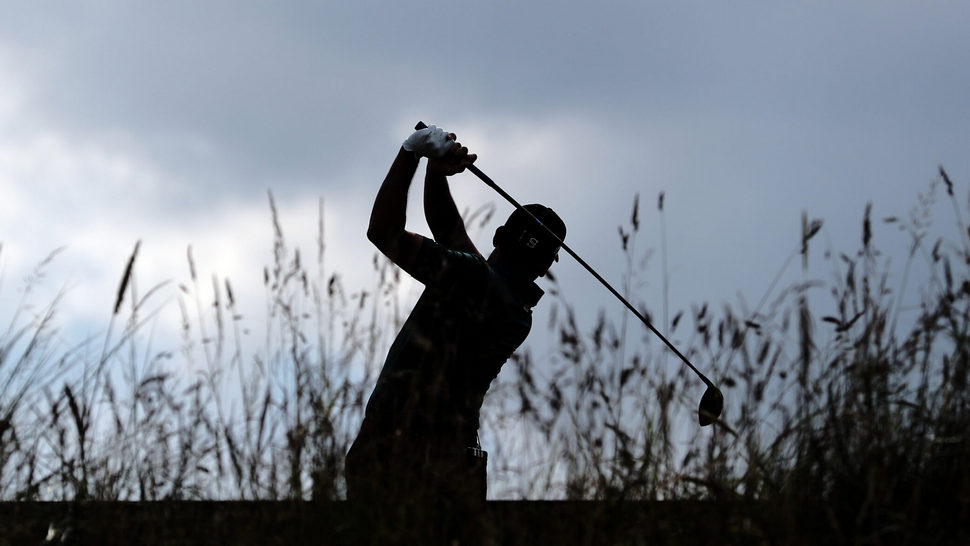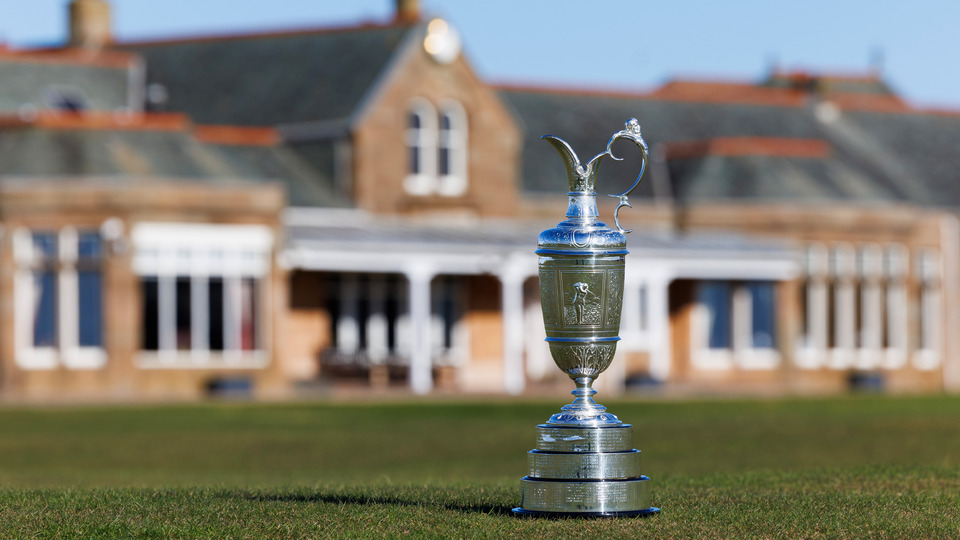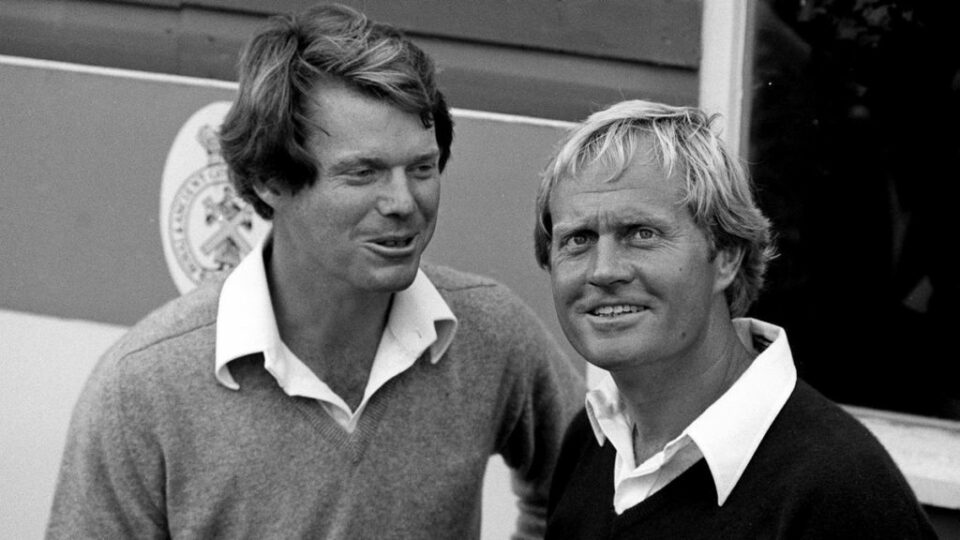Tuition
A fresh approach to bunker play...
I have an unhealthy fascination with bunkers – I love the variations in design, I love all the different textures of sand and I love the strategy they dictate when correctly positioned.
The origins of this can perhaps be traced to the fact that the course I grew up on had one solitary bunker, on the 2nd hole, and at the end of a day’s play I would sneak out there and hit bunker shots until I couldn’t see the ball anymore.
I remember having a sand-wedge with little bounce and a sharp leading edge and because of this I had to really control the low point of my strike and the angle of attack; looking back, as a pretty decent bunker player today, it was probably better training than I then realised.
With the equipment available today, the facility to grind and shape the sole of the sand-wedge to suit different types of sand, becoming a good bunker player becomes a matter of having the right concepts and some time practising them.
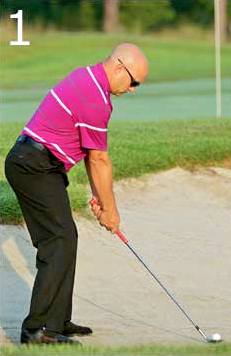
1) What you see here in this sequence is a really easy way to picture the plane of the shaft back and through.
Start right here, in a good set-up position, with your feet nicely square to the target line, upper body fractionally open.

2) From the address position, simply take your left hand off the grip and extend the arm, palm flat, toward the ball.
Try to match the angle of the arm with the shaft angle of the club as I am doing.
This article is designed to give you a basic starting point from which most bunker shots can be learned and developed. It revolves around three basic laws I believe are all you need to employ to get started:
1. You don’t need to radically open your stance to bunker shots
2. To become a master bunker player you must feel the shot through the sole of the clubhead
3. Learn a simple one-planed action and evolve from this point
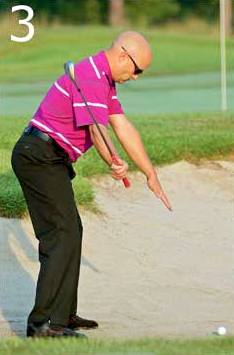
3) What you have now done is create a reference point from which the shaft angle of the club can follow into the backswing – so just allow the wrist to hinge as you swing the club back and match the shaft angle with your outstretched left arm.
This should give you a terrific sense of where the shaft should be going and a genuine reference point for your backswing position.
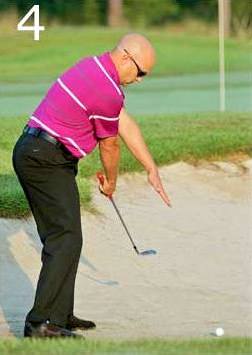
This shows us that no crazy path ideas have been employed assisting in that low point staying the same.
The Modern Stance for Bunker Play
In days gone by a typical bunker lesson involved being told that the best way to play a greenside sand shot was to set-up with a noticeably open stance, body aiming well left of the target, then pick the club up steeply and wipe across the ball in a ‘cut-up’ style of action. This one-shot-suits all type of approach gave you a get-out-of-jail free card that worked pretty well every time.
One aspect we need to control in bunker play is the LOW POINT of the strike. We cannot have this aspect moving too much whilst trying to hit any type of bunker shot because nothing about your technique will be bankable until this critical feature is stable.
As you can see here, I have adjusted my stance so that while my shoulders are just slightly open in relation to the target my feet are more or less parallel with the line to the flag. There are two good reasons why I believe you, too, should adopt a philosophy that gradually moves away from the seriously open stance.
(1) To control that LOW POINT in the swing you must anchor your weight onto you left side or lead foot. (Things get interesting when you try to do this with an open stance – you can’t!
Effectively an open stance takes away your left side and makes the task of settling into a stable position over the ball virtually impossible. In fact, the more open your stance becomes, the more you fall back into your right side…try it, you’ll see what I mean.)
With your stance and foot positioning taking on a more square to shut position you will immediately have a ‘left side’ to lean in to (Ben Hogan used to do this with his long game so he could rotate and collide into a closed left side and not fall back from an open one).
(2) The second point also has its roots deeply in maintaining that low point: With the left knee flexed and out in front of you a little it provides the perfect ‘pillar’ against which you can swing into. As long as the flex in that left leg doesn’t change in height you can virtually guarantee that the approach of the club into the sand will be fairly shallow and on a good plane/path. The last thing we ever want to do in a bunker shot is stand up and loose all of our posture angles since this will have the effect of dumping the club into the sand steeply and early.
Get your feel through your sole, brother!
If there is one communicator, or portal, through which you can derive your feel and feedback in bunker play it is found in the sole of the clubhead. I have always believed that the truly great short-game exponents, like Seve or Tiger, not only have the ability to ‘see’ and ‘feel’ the clubhead entering the sand but they also cultivated the ability to know what the club should be doing through the sand well after contact has been made.
For 90% of the time you will want the clubface open and the bounce (which effectively increases as the clubface is opened) working for you; for the other 10% you will have to reduce the bounce exposed by squaring up the face to produce a more V-shaped attack. This is basic stuff you need to grasp: the more open you have the face, the more likely the club will skim across the sand using the whole of that sole; the squarer you have the face the more the leading edge will dig and gouge the sand.
As you work on your sand play experiment with these adjustments and think of those two strike patterns – develop all of your feel from those two spectrums. You either dig… or you skim: what does the shot need?

Summary
Here are the key points I’d like you to take away from this article and consider when you next get the chance to go out and practice in sand:
• Go to a square to slightly closed stance in which you anchor and stabilise your body.
• Get to know the bounce in the clubhead and feel every shot through the contact it has with the sand.
• Cultivate a simple swing path back from the ball and through; no extreme chopping motions or scoops.
Bunker play gets a heck of a lot easier when you have the right tools and the right ideas. The only way to become competent in the sand is to spend a lot of time in there and experiment with different lies and contacts.
Hopefully you have access to a practice bunker that will allow you to do this. (I didn’t, but I’m making up for lost time!)
